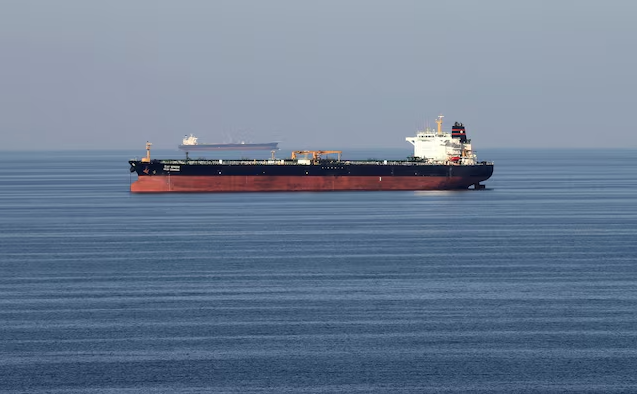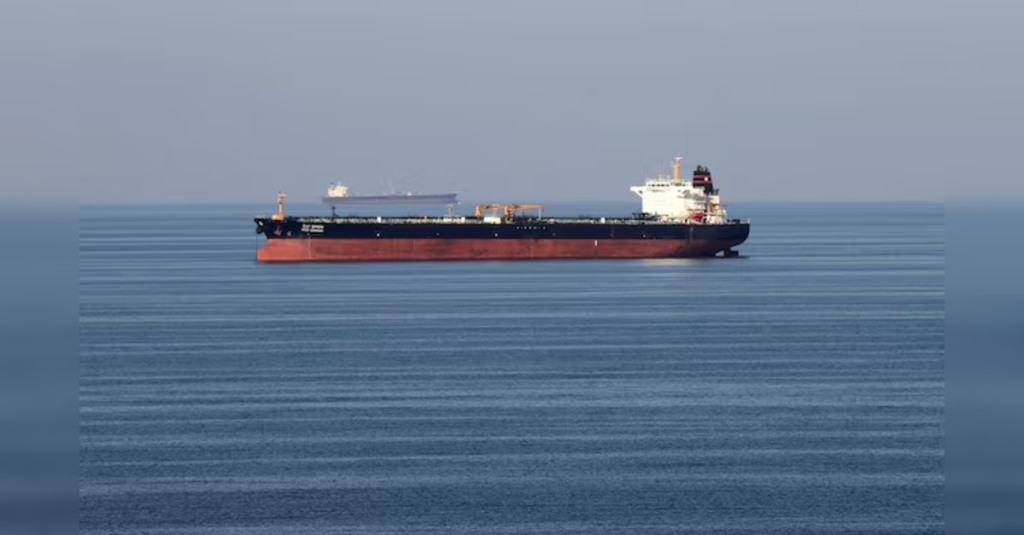
Oil prices nudged higher on Monday, adding to gains of more than 2 per cent from Friday, as investors eyed further U.S. sanctions on Russia that may affect global supplies, but a ramp-up in Saudi output and ongoing tariff uncertainty limited gains.
Brent crude futures rose 8 cents to $70.44 a barrel by 0011 GMT, extending a 2.51 per cent gain on Friday. US West Texas Intermediate crude futures climbed to $68.50, up 5 cents, after settling 2.82 per cent higher in the previous session.
US President Donald Trump said on Sunday that he will send Patriot air defence missiles to Ukraine. He is due to make a “major statement” on Russia on Monday.
Trump has expressed frustration with Russian President Vladimir Putin due to the lack of progress in ending the war in Ukraine and Russia’s intensifying bombardment of Ukrainian cities.
In a bid to pressure Moscow into good-faith peace negotiations with Ukraine, a bipartisan US bill that would hit Russia with sanctions gained momentum last week in Congress, but it still awaits support from Trump.
European Union envoys are on the verge of agreeing an 18th package of sanctions against Russia that would include a lower price cap on Russian oil, four EU sources said after a Sunday meeting.
Last week, Brent rose 3 per cent, while WTI had a weekly gain of around 2.2 per cent, after the International Energy Agency said the global oil market may be tighter than it appears, with demand supported by peak summer refinery runs to meet travel and power generation.
However, ANZ analysts said price gains were limited by data showing Saudi Arabia lifted oil output above its quota under the Organization of the Petroleum Exporting Countries and allies’ supply agreement.
The IEA said that Saudi Arabia exceeded its oil output target for June by 430,000 barrels per day to reach 9.8 million bpd, compared with the kingdom’s implied OPEC+ target of 9.37 million bpd.
Saudi Arabia’s energy ministry said on Friday the kingdom had been fully compliant with its voluntary OPEC+ output target, adding that Saudi marketed crude supply in June was 9.352 million bpd, in line with the agreed quota.
Elsewhere, the release of China’s preliminary commodity trade data later on Monday should highlight any ongoing signs of weaker demand, ANZ said in a note.
Investors are also eyeing the outcome of US tariff talks with key trading partners that could impact global economic growth and fuel demand.


